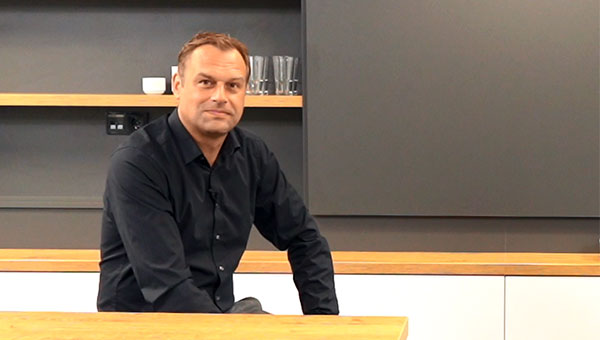2021-05-17
Practical test Xelletor - How the new machine has proven itself
The new Flottweg Xelletor machines have been on the market for more than 2 years. In this context, many customers exchanged their C-series decanter centrifuge for a Xelletor decanter centrifuge. The good thing was that only the rotating assembly had to be replaced. Rainer Moosner, Service Manager at Flottweg, gives an insight into his experience with the new decanter centrifuge.
 Interview with Rainer Moosner about the new decanter centrifuge.
Interview with Rainer Moosner about the new decanter centrifuge.Xelletor machines have now been used for more than two years. How was the customer feedback?
As part of the Xelletor program, the C-series rotating unit was replaced with that of the Xelletor successor model series (X series). In doing so, the entire machine was not replaced, just the rotating unit in a plug & play manner. The first projects in which the Xelletor unit was used were very positive.
An example of this is the Günzburg treatment plant. Here, the rotor of a C4E machine was replaced with the Xelletor system from the X4E machine. The Service team determined in advance which results would be possible in terms of sludge throughput, operating time, etc. Flottweg was able to significantly outperform these results after one year of operation.
How does our Xelletor decanter centrifuge perform in real-life tests? What are the benefits?
The clear benefits offered by our Xelletor range are demonstrated by a higher dry matter content and lower polymer and power consumption. At one wastewater treatment plant, for example, a 2.5% higher dry matter content was achieved. With two machines, the treatment plant could save disposal costs of 200,000 EUR per year.
In our tests, we determined that we could achieve either a higher dry matter content or lower polymer consumption. However, the Xelletor decanter centrifuge always reduces power consumption by virtue of its design.
That said, savings could be made in polymer consumption and DM content could be increased at the same time. This depends on the sludge feed rate. The more efficiently the sludge is dewatered, the better the results.
How long does it take to replace a rotating unit?
Replacement of the rotor took around 3 - 4 hours. After that, the customer can continue operating their machine as before. We then provide the customer with support for around 3 - 4 days to a week. During this time, we instruct the customer how to adjust the various parameters. Depending on their needs, customers could operate the machine on their own for one or two weeks. This is important for resolving any issues that may arise. Moreover, the customer feels confident using the machine.
Often there are concerns about the closure of the machine or about wear. What are the empirical values here?
The Xelletor series has a screw framework with bars. The benefit: There is no screw body which logically means that there are no deposits on it. Our Xelletor machines have already been in use for two to three years, and we have not yet been able to discern any significant wear on the machines. If repairs are necessary, Flottweg can repair the machine in a relatively easy manner without having to remove the entire frame structure.
Who in particular could benefit from the Xelletor series? Is there a sort of benchmark?
In general, it always depends on the size of the treatment plant. Factors like machine running time must also be taken into account. Basically, the larger the treatment plant, the more economical the investment.
Is there experience with regard to the amortization period?
To cite a specific example: We tested and successfully sold the Xelletor series at the treatment plants in Erlangen and Darmstadt in Germany. In these locations, the amortization period was one year.
